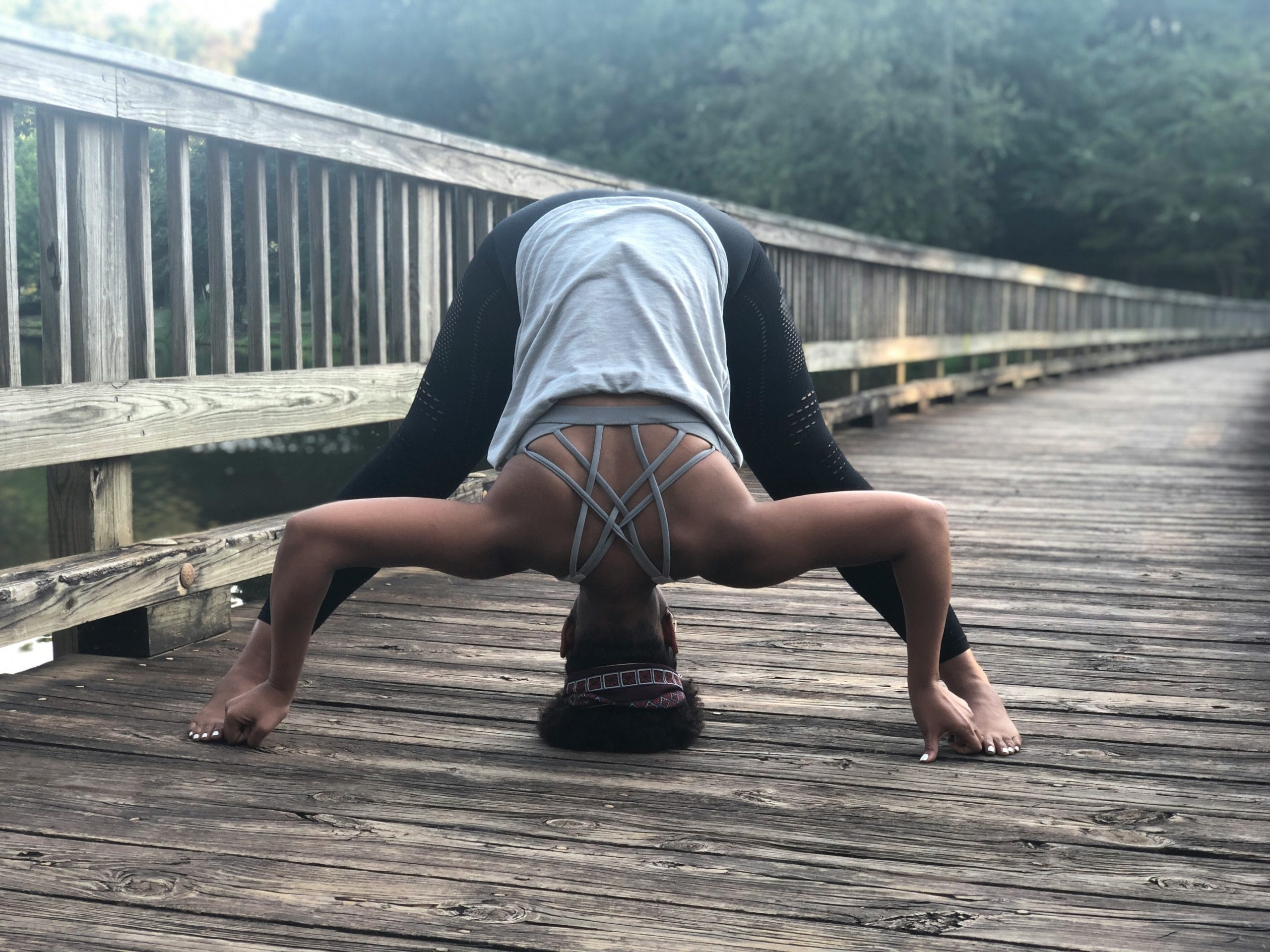When people come for anxiety counselling, they often expect to talk about their thoughts, how to challenge negative thinking, manage worry, and shift their mindset. And while that’s an important part of the process, it’s often not enough. Many people find that even after doing all the “right” things mentally, their body still feels tense, restless, or on edge. For example, many clients I’ve seen, just like you have said something like this:
“I understand what’s happening. I know it’s just my thoughts… but I just couldn’t control my body.” That’s because the missing piece in healing anxiety is often not just about thinking differently, but about learning how to calm both the mind and the body. True healing requires an approach that integrates both.

The Limits of Thinking Your Way Out of Anxiety
Traditional counselling focuses on what we call the top-down approach. This means working from the “top: the brain to guide changes in how we feel and behave. We talk about beliefs. We identify triggers. We shift our mindset.
These are powerful tools. In fact, I still use them every day with clients.
But sometimes, even after all the mental work, you still wake up with a tight chest. You still feel that familiar wave of tension in your stomach. You still find yourself snapping, withdrawing, or panicking before your thoughts even begin.
That’s because anxiety isn’t just in the mind, it’s also stored in the nervous system.
How Anxiety Lives in the Body
Let me tell you about Mei Lin (not her real name).
When she came to see me, she’d been struggling with anxiety for years. She had done mindfulness workshops, seen another counsellor, and even read books on positive thinking. She was insightful, smart, and self-aware. She could explain her anxiety well.
But every morning, she woke up with dread in her chest. Her heart would race. Her shoulders were tense. “Nothing bad is happening,” she would tell herself, “so why can’t I feel calm?”
In Mei Lin’s case, the top-down tools helped her understand but they didn’t complete the healing. Her body was still stuck in a survival loop, sending the message that she wasn’t safe even when her mind knew otherwise.
Introducing the Bottom-Up Approach
This is where the bottom-up approach comes in.
Instead of starting with the mind, bottom-up healing begins with the body. It helps us calm the nervous system, create physical safety, and process stored stress that hasn’t been released.
In Mei Lin’s case, we worked with gentle breathwork, grounding techniques using her five senses, and simple daily routines to regulate her body. We practiced noticing, not just what she was thinking but what her body was saying.
Within the first week, something shifted. She told me, “I still feel anxiety sometimes, but it doesn’t take over anymore. My body isn’t panicking like it used to. I can catch it and come back to myself.”
That’s what happens when we stop relying on just one piece of the puzzle. Top-down gives us insight. Bottom-up gives us relief.

My recommendation of daily routine you can practice to heal your nervous system.
Why We Need Both to Heal
Think of your healing journey like a house. The top-down approach is like repairing the roof: your thoughts, beliefs, and stories. But the bottom-up approach is like strengthening the foundation: the body, breath, and nervous system.
If we only work with our thoughts but ignore the body, it feels like we “know” what to do but still feel stuck.
If we only calm the body without understanding our triggers or patterns, we may soothe the symptoms but keep repeating the same emotional cycles.
When we combine both, healing happens more fully and more gently.
Starting Small: How to Begin Integrating Both
You don’t have to wait for a perfect moment or complicated routine.
You can start small.
Next time you notice anxiety, pause for a moment. Instead of going straight into problem-solving mode, gently check in with your body. Are your shoulders tense? Is your breath shallow? Can you place your feet on the ground and feel supported?
From there, once your body feels a little more grounded, reflect on what thoughts or emotions might be underneath. This back-and-forth between body and mind builds a strong bridge that supports long-term change.
If you’d like a few practices to get started, you can explore my Anxiety Toolkit, where I’ve shared some simple ways to calm the body and reframe the mind.
Final Thoughts
Healing anxiety is about understanding how deeply our mind and body are connected.
When we begin to treat both with care, the healing feels less like a battle and more like coming home to ourselves.
You are not broken. Your nervous system is doing its best to protect you. With the right support: top-down and bottom-up you can teach it to feel safe again.
If you need one-on-one support, book a free call with me.
Recent Comments